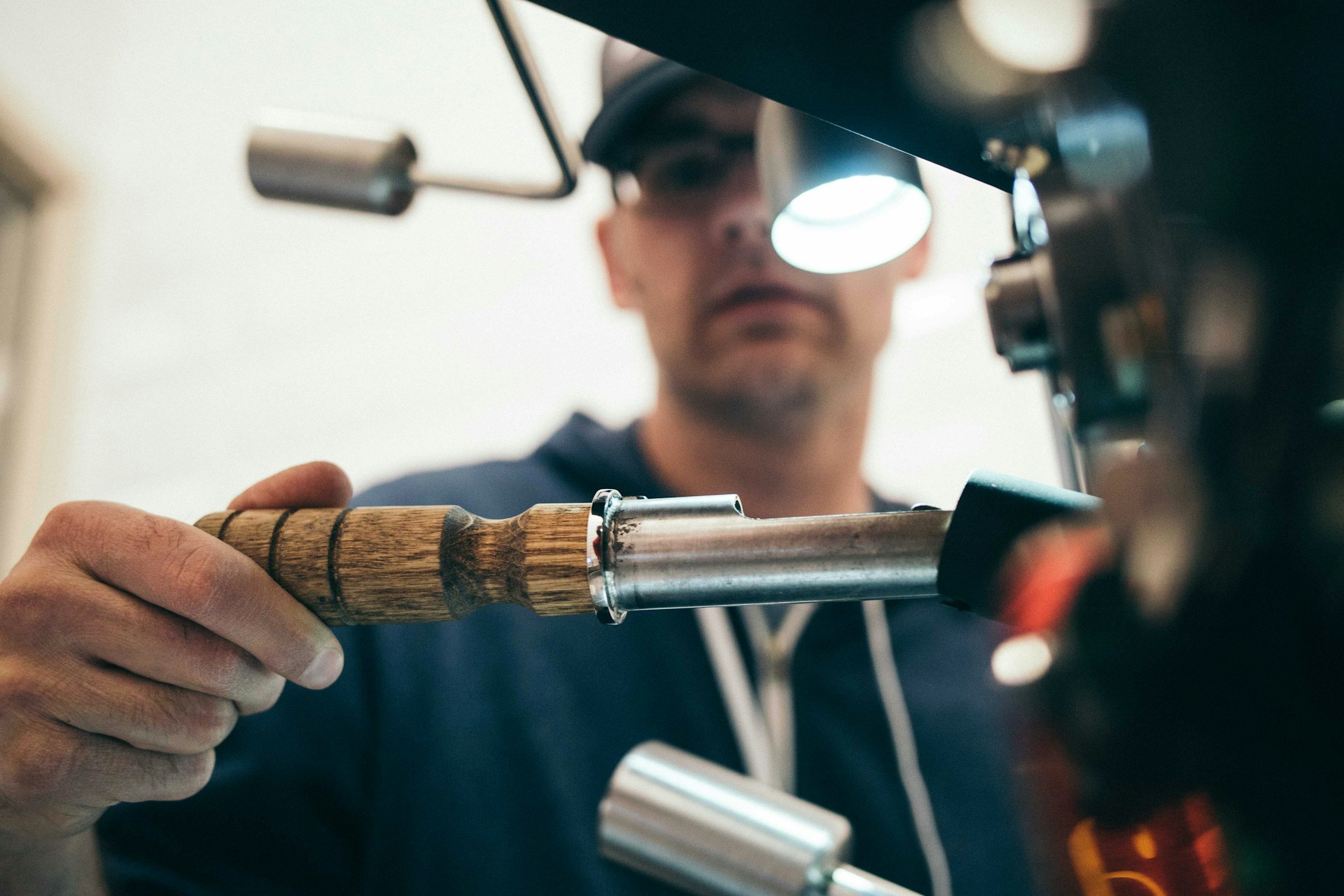When GPS fails, autonomous platforms still have to navigate, map, and report. This deployment recap covers how we stood up a SLAM-driven navigation stack for a federal customer tasked with operating in underground facilities and concrete-dense city corridors.
Mission Snapshot
- Environments: tunnels, high-rise basements, multi-level parking decks, dense city cores.
- Objective: maintain autonomous navigation without any external beacons or GPS.
- Approach: LiDAR, stereo, and IMU fusion inside a hardened SLAM pipeline.
What SLAM Brings to the Mission
Simultaneous Localization and Mapping delivers two guarantees: a continuously updated map of the world and a trustworthy pose estimate within that map.
For this program we relied on a resilient sensor trio:
- LiDAR to produce precise range measurements and dense point clouds.
- Stereo cameras for visual loop closures, texture, and semantic context.
- IMUs to bridge the gaps between sensor frames with accurate motion estimates.
The pipeline ingests all streams in real time, corrects for drift automatically, and outputs a globally consistent map operators can plan against.
Field Trial Highlights
We validated the system across 14 miles of subterranean tunnels, multi-level parking structures, and downtown streets.
Key outcomes:
- Sub-15 cm drift per kilometer, even without external beacons.
- Automated rerouting around active construction zones and temporary barricades.
- Mission playback synchronized with LiDAR point clouds for post-operation analysis.
- Fully air-gapped processing—no uplink required during or after the mission.
Those results gave commanders the situational awareness they needed to keep assets moving safely.
Lessons Learned and Applied
Two challenges surfaced repeatedly: sensor clock synchronization and poor lighting. We mitigated both with hardware timestamping, adaptive exposure control, and confidence-weighted fusion inside the state estimator.
Those improvements carried forward into the production deployment.
Takeaway: GPS-denied navigation is operational today. With calibrated sensors, disciplined data fusion, and on-device compute, SLAM delivers reliable autonomy where GPS can’t.

Sarah Martinez
Senior Spatial AI Engineer at Heliox AI, specializing in SLAM technology and autonomous systems.

